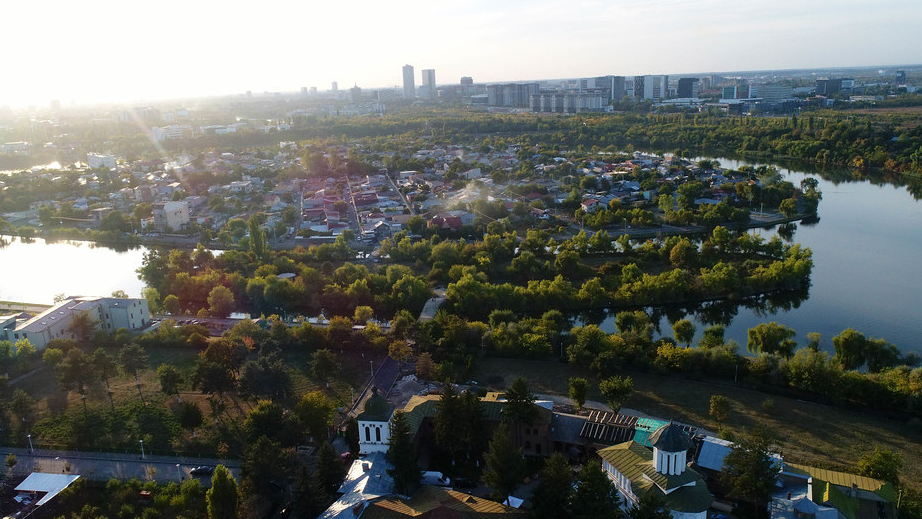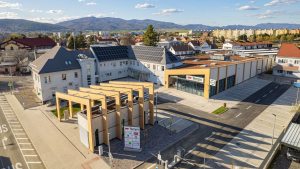
While the overall value of land transactions in Romania totalled €450 million during 2022, two-thirds of the traded volume was generated in Bucharest, mostly in the residential segment, according to Colliers Romania.
The biggest transaction closed last year saw One United Properties purchasing a land plot of 3.7 hectares in norther Bucharest for around €60 million. It was followed by SIF Banat-Crișana’s purchase of the land that housed a tobacco factory in the Center-West part of Bucharest. Other major deals were concluded by big players in cities like Galați, Timișoara and Cluj-Napoca.
”In 2022, the most active areas in Bucharest were those in the North/Center North, submarkets with established track records for investors, that yielded good results until now, like Străulești, Sisești, Poligrafiei, Pipera, Fabrica de Glucoză/Barbu Văcărescu, but also the Centre-West region of the Capital. We also estimate that some 5% of the Bucharest volume came from deals involving future in-city logistics schemes. These are the only kind of industrial projects we included in the overall turnover, as these developers often clash with other types of investors for land plots within the city limits. The demand for such schemes appeared amid the sharp increase in e-commerce as of the last several years. The rest of the share of the volume for Bucharest was generated in almost equal shares by retail and office developers,” said Sînziana Oprea, Director Land Agency at Colliers Romania.
Outside Bucharest, the bulk of closed transactions came from retail developers, with food operators, including discounters, DIY and furniture retailers being the most active.
Looking at this year, investors have taken a cautious stance although land prices will remain in place, suggests the agency’s consultants.
“Many sellers seem to have a better financial situation, meaning that they should not be pressured to sell, but if economic conditions remain soft, they will need to adjust their price expectations accordingly in order to conclude any deal. Otherwise, much fewer real estate projects have actually started in 2022 than in the past amid increased construction costs. Coupled with the fact that many developers have adequate land banks, this will lead to lower demand for land plots in the near future, as many buyers may become quite opportunistic,” concluded Oprea.



